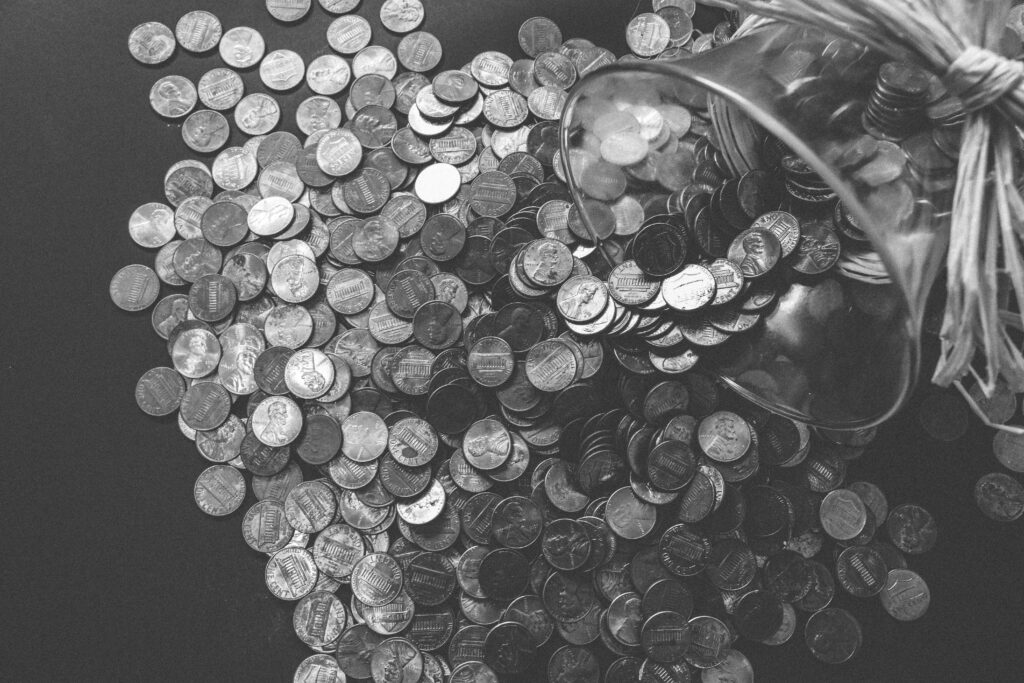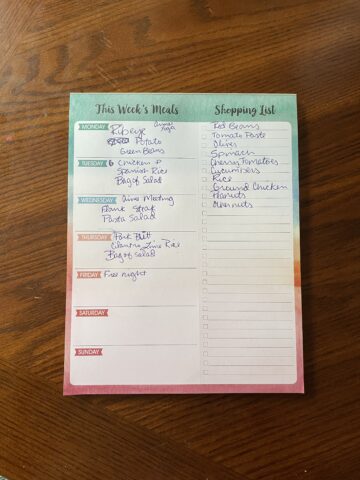If you’re trying to improve your finances and grow your wealth, diversifying your money is critical. Earmarking our dollars for certain things ensures our investments are working smarter and harder for us.
It is not enough to just have one catch-all savings account. Different savings accounts are needed for different life events. From emergencies to travel to retirement, each event needs a different account.
Understanding the difference in each type savings account is vital to your financial success. Today we’ll walk through four different types of savings accounts and how they benefit your net worth.

Emergency Fund
An emergency fund is an easily accessible account that is (typically a savings account) used for unexpected expenses like medical bills or car repairs.
When I was helping clients grow their wealth as a financial advisor, our firm coached to have at least six months of expenses saved just in case. Looking back as we come out of the pandemic, I would now urge others to save more.
If you’re just getting started and six months (or more) of expenses in savings is overwhelming, start with a smaller goal of three months or six months.
Related: How to Save $1,000 for Your Emergency Fund
I use an online bank account with Aspiration for my emergency savings. It is completely separate from my daily use accounts but has a checking and savings so I have a debit card tied to the account for easy withdrawal in emergency.
If you use this link and make $250 worth of transactions in 90 days both you and I will receive $50 extra dollars in our accounts.
Personal Savings
Along with an emergency savings account, you should also have a personal savings account. This account is for short-term savings that is not an emergency.
Some examples of what I’m using my personal savings account for are travel to visit family and friends, home improvements like a new couch and tv, and money to use for birthday and holiday gifts.
This savings account should also be liquid and easy to access; even while I was working to grow my emergency savings, I was also working on growing my personal savings account.
I chose an amount that I was comfortable putting aside, that I wouldn't miss, to save into my personal savings account. For example, I figured that at least twice a month, I was spending $25 at Target or going out for drinks, and I wouldn't miss that spending if I chose to set it aside, so I decided to save that money instead. Currently, my personal savings for "fun money" is up to $500, just by saving $25 a pay check. I don't miss it, and I love seeing that account grow.
Roth or Traditional IRA
Saving into an Individual Retirement Account or IRA is a key savings account to have and vital to our future retirement income.
While many of us will receive some social security income—many advisors will recommend their clients do not just rely on this income. It will more than likely not be enough to support our lifestyles in the future.
Your employer may also provide you a retirement account through work—often in the form of a 401(k), but it is still crucial to also save on your own for retirement.
An IRA can be either a Roth or Traditional. With your Roth IRA, your money is taxed as you make a deposit or contribution, while a Traditional IRA is taxed when you make a withdrawal at retirement.
How much can I save into an IRA?
Each year, there is a limit to how much you can save into your IRA. In 2021, the limit is $6,000 a year. $6,000 a year breaks down to saving $500 a month.
Even if you are not in a position to save the maximum per year, still saving as much as you can will put you in a better position than not saving for retirement at all.
Employer Sponsored Retirement Savings
As I mentioned above, employers often provide employees with a retirement account as a benefit. The most common employee-sponsored retirement account is a 401(k). A 401(k) allows the employee to contribute a percentage or dollar amount to the account, and the employer has the option to match some or all of the employee’s contribution.
There are other employer-sponsored accounts like Simple IRAs and 403(b)s, but each of these accounts offer employers the opportunity to provide retirement savings as a benefit to their employees.
With these accounts, it is best to match what the employer is willing to contribute to your retirement account. For example, if your employer says they will match your contribution up to 3% of each paycheck, that means they will also put money in your retirement account up to 3%. So if you get paid $1,000 each paycheck, and you contribute 3% to your 401(k) ($30 per paycheck), your employer will also contribute 3% or $30. This is free money that can help you grow your retirement savings!
Saving money and building wealth can be so satisfying, but sometimes it is hard to know where to start. I hope this guide helps you with financial success!
Looking for other financial literacy information? Check out these posts!





Comments
No Comments